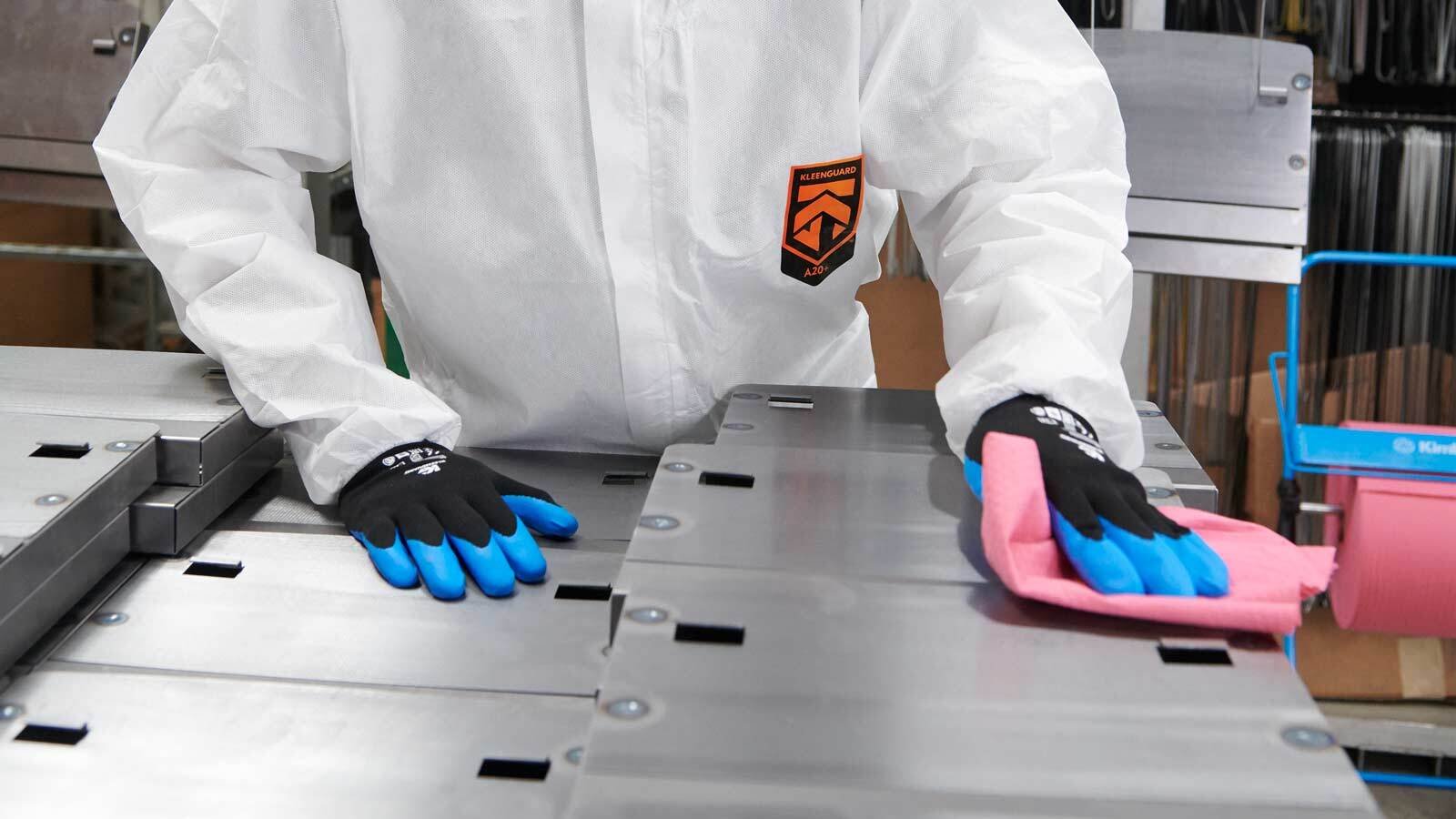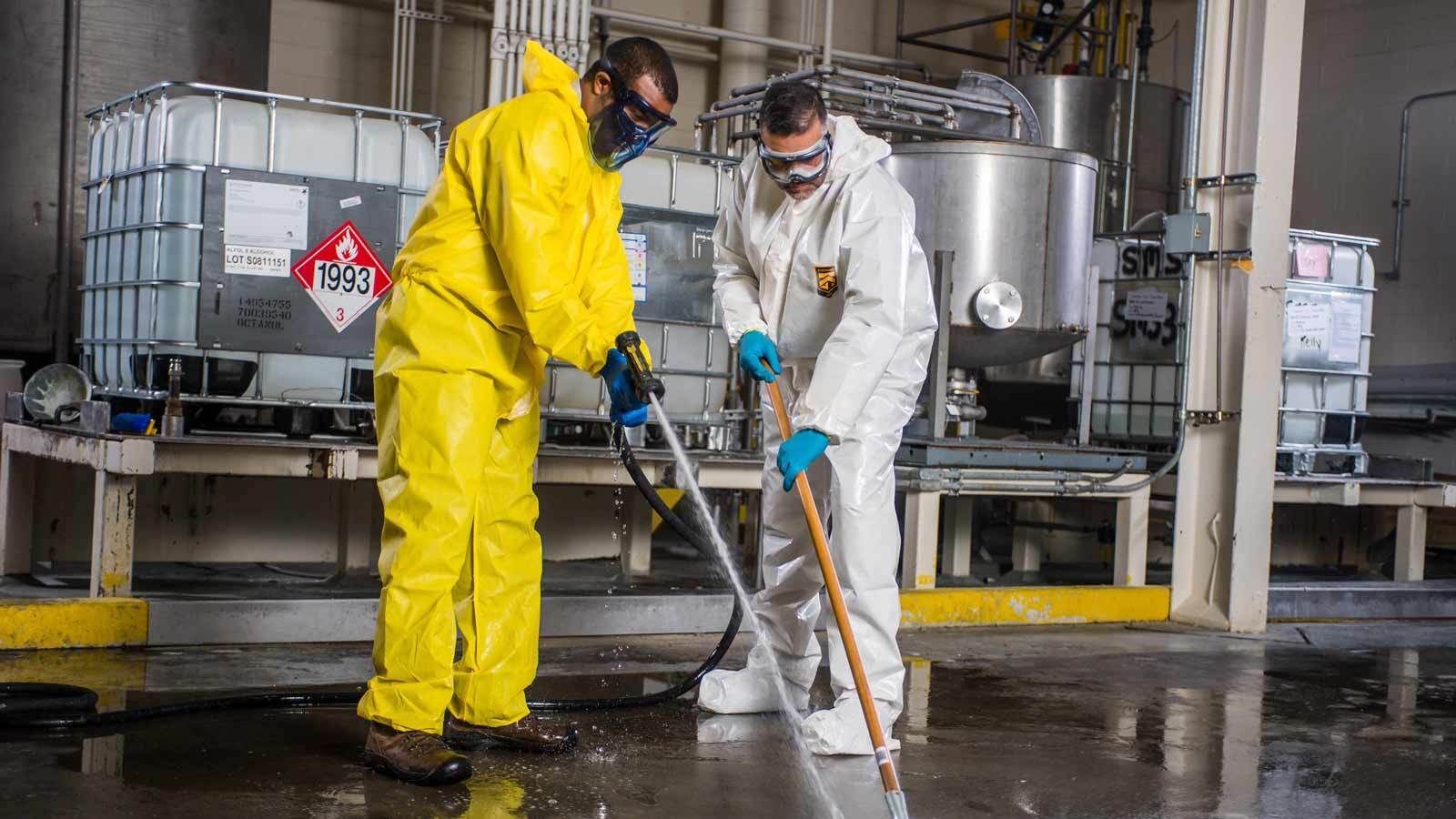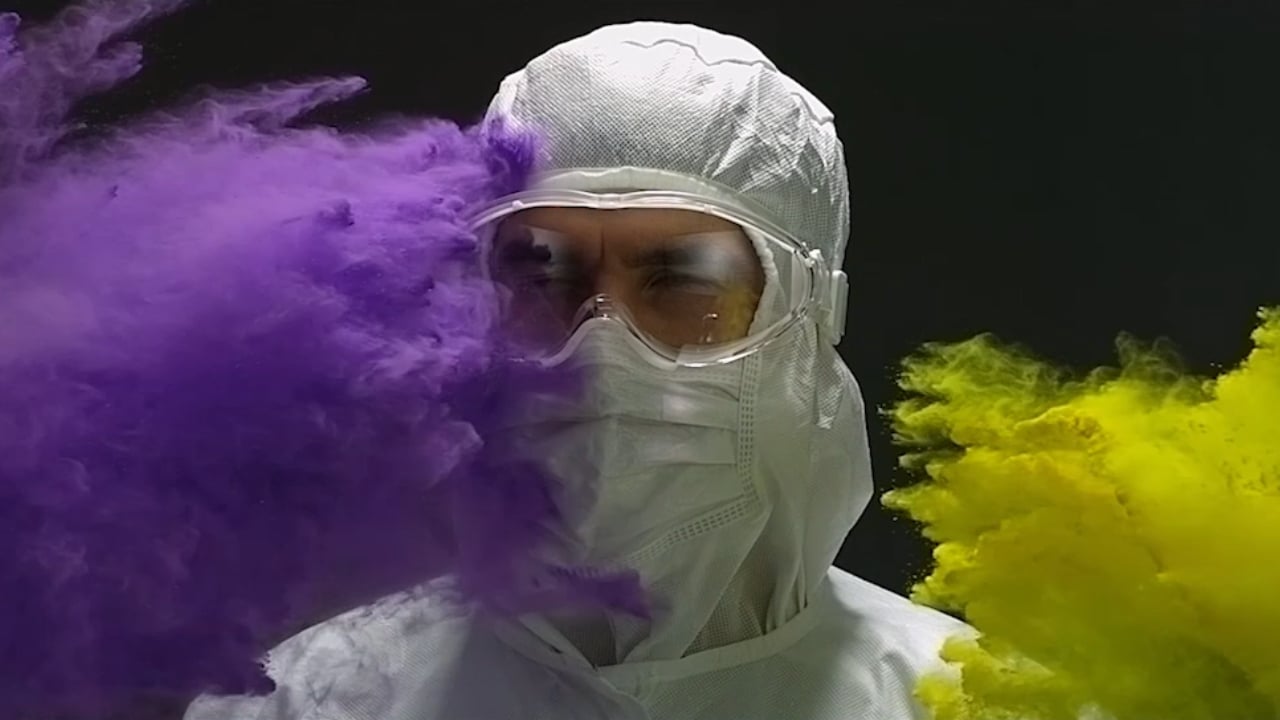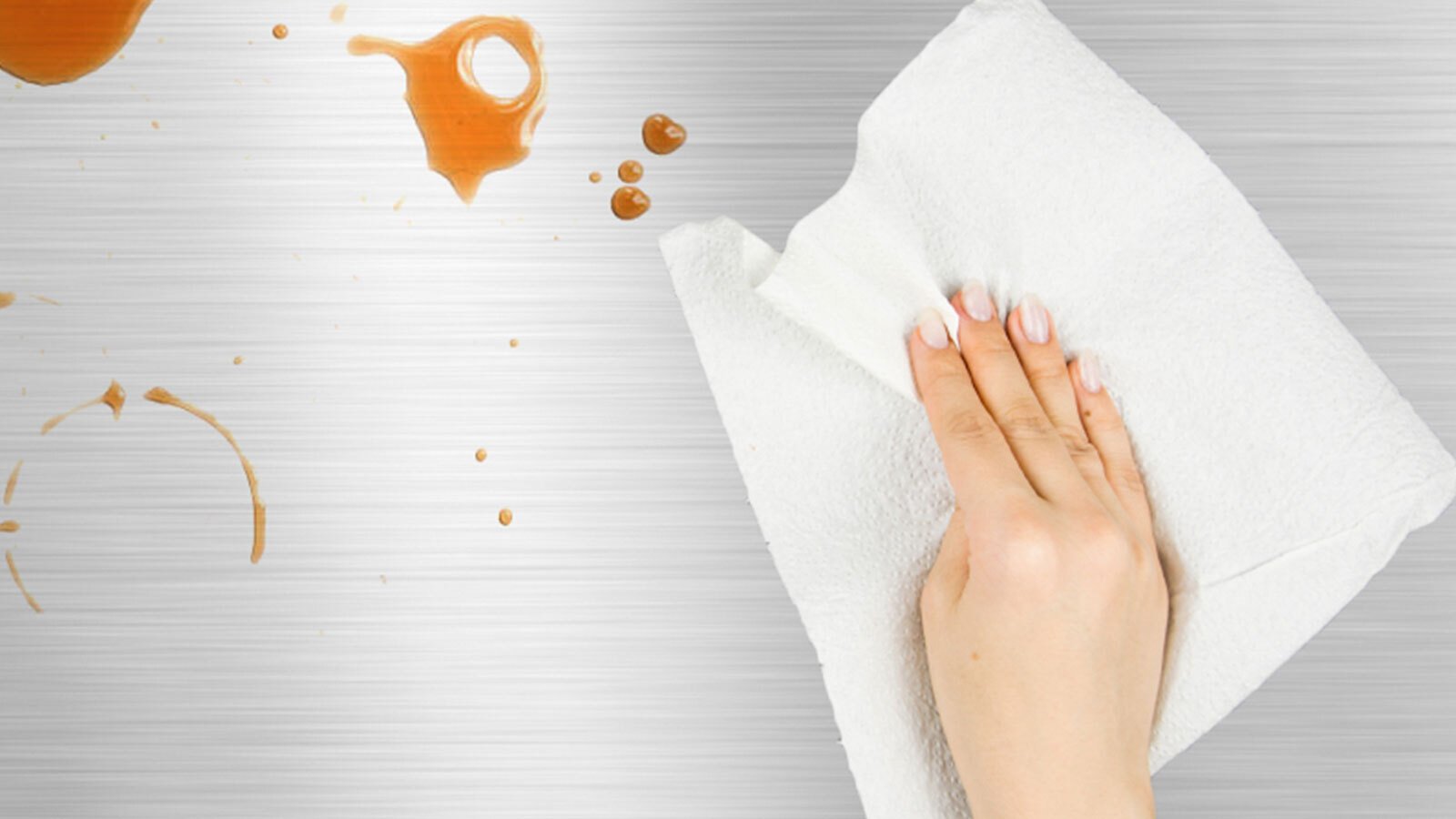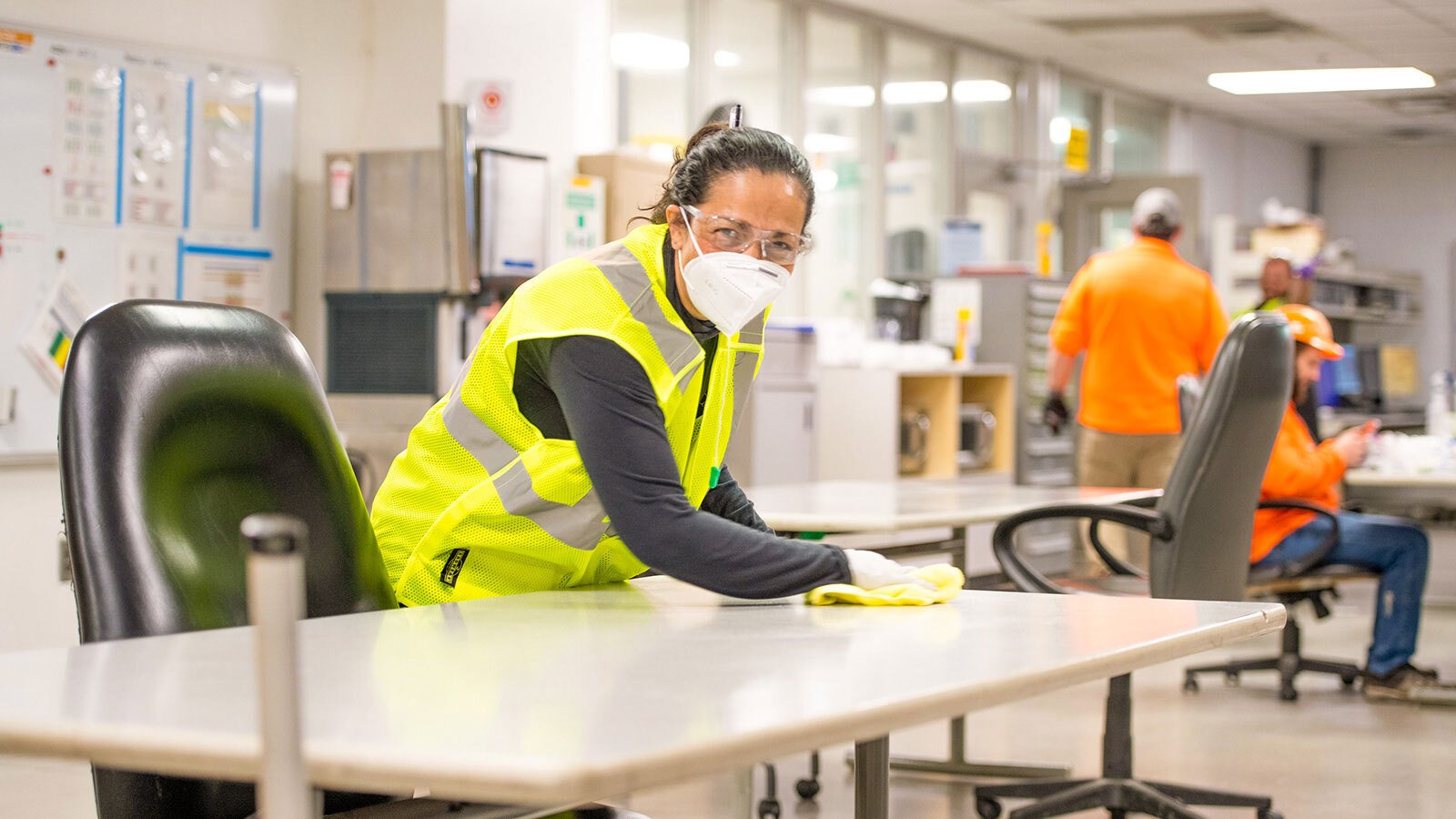Last Updated FEBRUARY 2023
How to Find the Right Glove
Gloves do more than protect you from health and safety hazards. They also help protect your process from contamination and other risks. That’s why choosing the right nitrile glove for your task is crucial.

Hand protection is not only critical but required in some environments. For example, foodservice, cleanrooms, labs, and manufacturing, to name a few. This article highlights what to look for when choosing nitrile gloves and if color matters.
Are you wearing the right glove for your task?
Making sure you’re wearing suitable gloves starts with your environment and the various procedures you’ll be performing. For example, Latex and nitrile exam gloves are worn daily by cleanroom and lab employees. In addition, proper sizing is essential to employees to help protect against the risk of cross-contamination and hazardous materials.
“If you ask a room full of scientists, ‘How many of you were trained on how to select or pick out a glove?’” “Not one will raise their hand,” says Anita McLean, North America Scientific Category Leader at Kimberly-Clark Professional.
The only thing separating scientists’ hands from the toxic materials they work with is the glove. If gloves are too big, they can be accidentally pulled off, exposing hands to harmful liquids or other hazardous material. Gloves that are too tight can limit dexterity. Unfortunately, proper glove fit isn’t typically addressed. “In any chemistry class I’ve taken, no, one ever discussed proper glove use with us,” McLean recalls. In addition, to fit, the following are five things to consider when choosing a glove.
Finding the proper glove checklist:
- Fit & Comfort – Consult manufacturer for proper glove sizing and note features such as beaded cuffs which help to prevent roll-down.
- Chemical & Biohazard Protection – Ensure the gloves type and material offer appropriate protection against the hazardous material you’ll encounter.
- Tear & Puncture Protection – Nitrile and latex gloves are recommended for strength and durability per ASTM requirements.
- Dexterity & Tactile Sensitivity – Gloves with textured fingertips may give workers a better grip on wet and dry objects.
- Allergy Protection – Nitrile gloves aren’t made with latex, making them an excellent choice for workers with latex allergies.
“Believe it or not, the glove business is a very passionate business,” McLean shares. “When it comes to your hands, people tend to be very particular about what they use.”
Can nitrile gloves be recycled?
With more businesses shining a light on their sustainability efforts, finding a way to keep waste out of landfills has taken on a new level of importance. Programs like RightCycle by Kimberly-Clark Professional® help companies keep used personal protection equipment (PPE), including nitrile gloves, out of landfills.
What’s the difference between latex and nitrile gloves?
Latex is one of the most recognizable material types, but allergies to latex proteins are common. Nitrile gloves are made of a nonallergenic, synthetic byproduct of oil and latex, making them a popular alternative for glove wearers with latex allergies.
Since latex gloves revert to their original shape when removed, it can be nearly impossible to spot pin-size holes. “[But] with nitrile gloves, you will see a tear in the glove,” McLean explains. “It is designed so that you can see where you are at risk of being contaminated.”
FDA requirements for gloves?
According to McLean, gloves must meet Food and Drug Administration (FDA) requirements before sold. For instance, a glove needs to meet the FDA's minimum requirements for pinholes (AQL 2.5), the minimum pinhole level to be considered a medical glove. In addition, medical exam gloves are subject to a battery of other rigorous trials before being deemed medical-grade and sold with the word “exam” on the box.
Professionals who work in foodservice or food processing must also be sure their gloves meet FDA requirements for food handling.
Does disposable glove color matter?
In terms of effectiveness, there’s very little difference. However, some environments have specific color preferences.
Cleanrooms
In cleanrooms and other controlled environments, the glove color of choice is typically white, making it easier to see contaminants. However, color is also a glove additive, which may have reactions to cleanroom products and processes.
Labs
It’s common for labs to require different colored gloves to differentiate between other lab areas to help reduce cross-contamination.

